
The Most Interesting Person – Tbilisi, Georgia. Photo Essay
Meet Tbilisi Through Its Most Interesting People
“You can tell your own stories, and if they are told truly, stories will reach their listeners everywhere.”
Nestan Kvinikadze
Georgian Writer and MIP of Tblisi


When Temuri isn’t painting, you will find him on this chair drinking coffee and smoking cigarettes with friends.

Painting late into the night

The Grand Tour. Temuri, showing me around the backyard.
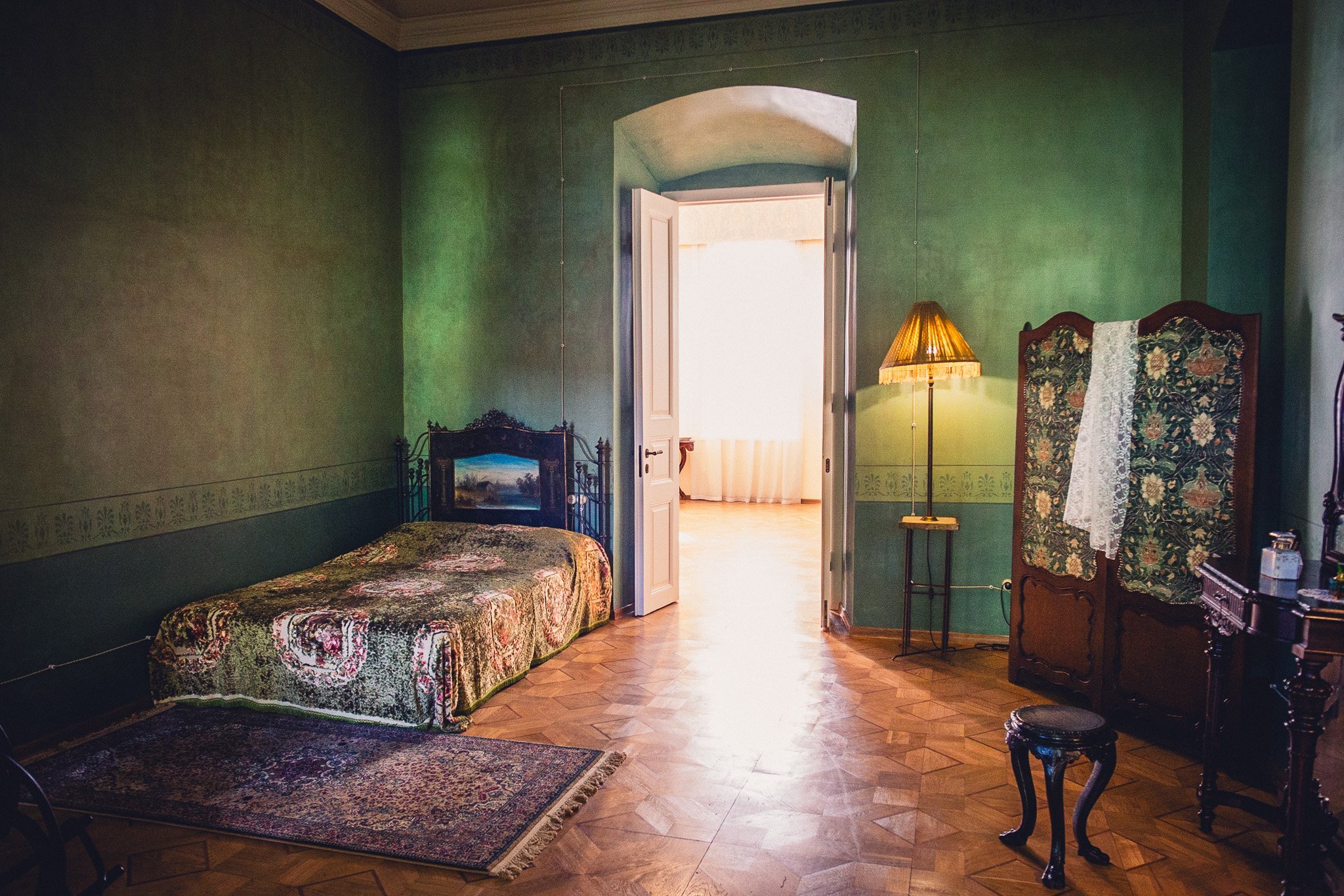
The house had a printing press in the basement and was used as meeting place for writers, to the disdain of the Soviets.



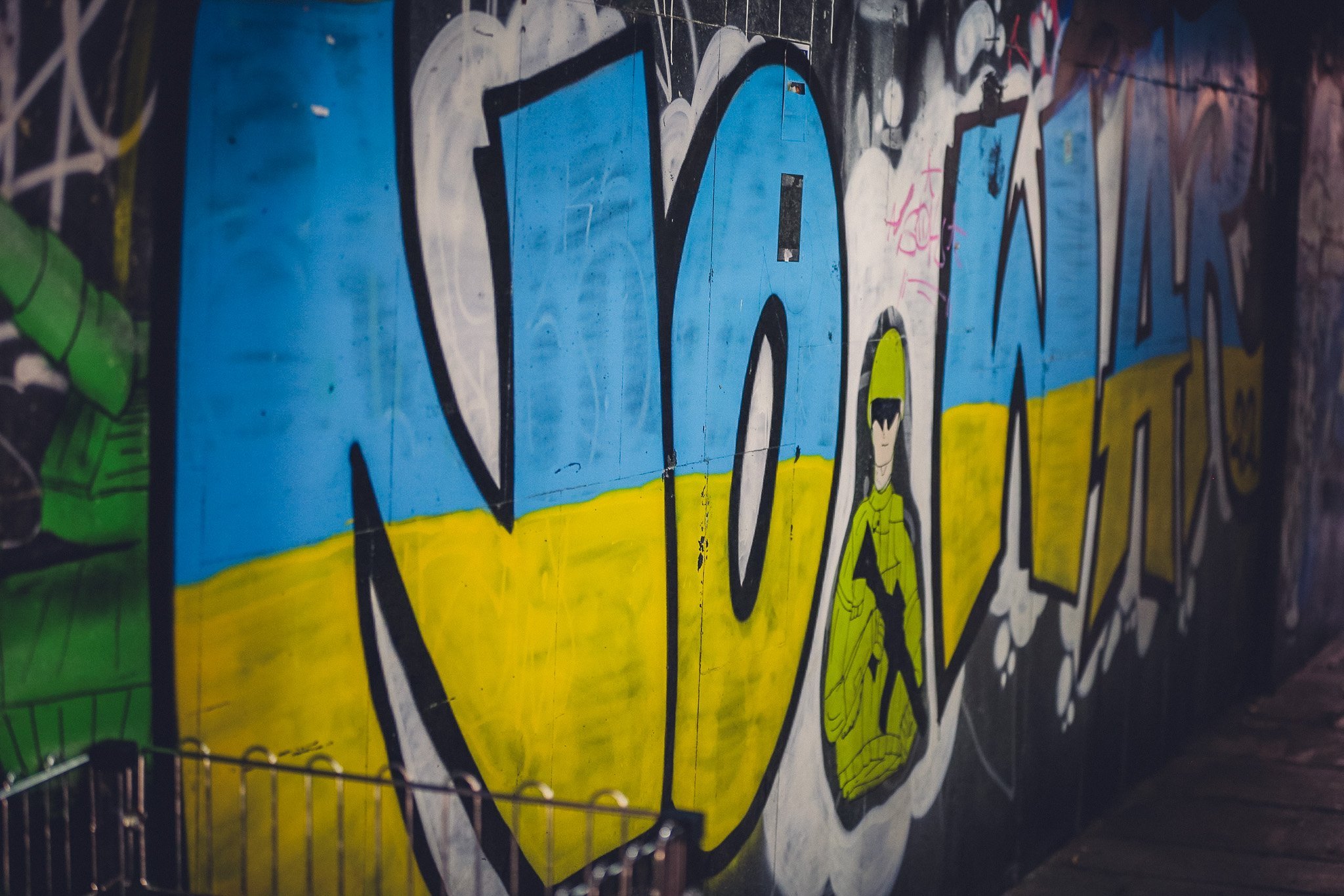





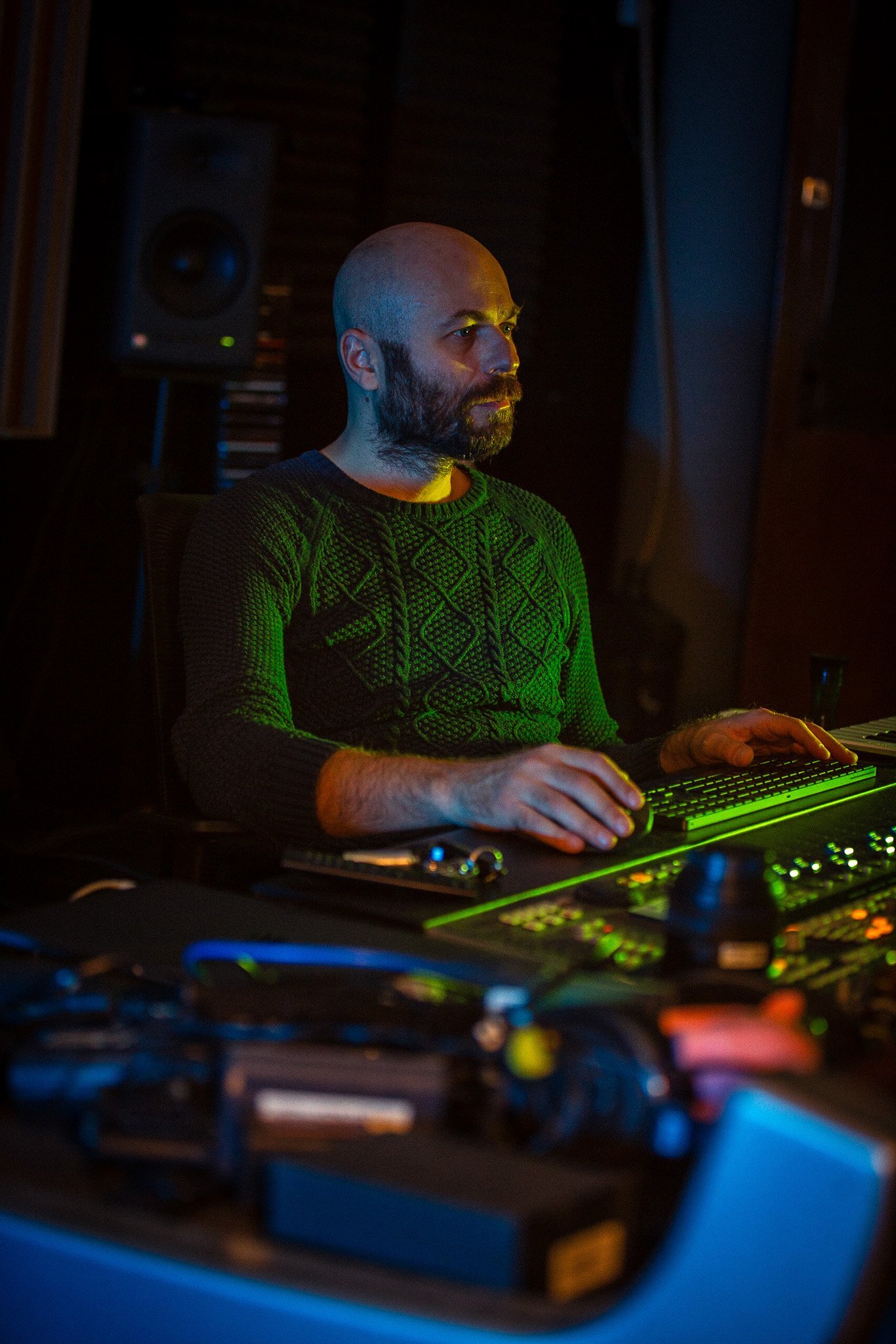




Iliko Sukhishvili of the Sukhishvili Georgian National Ballet






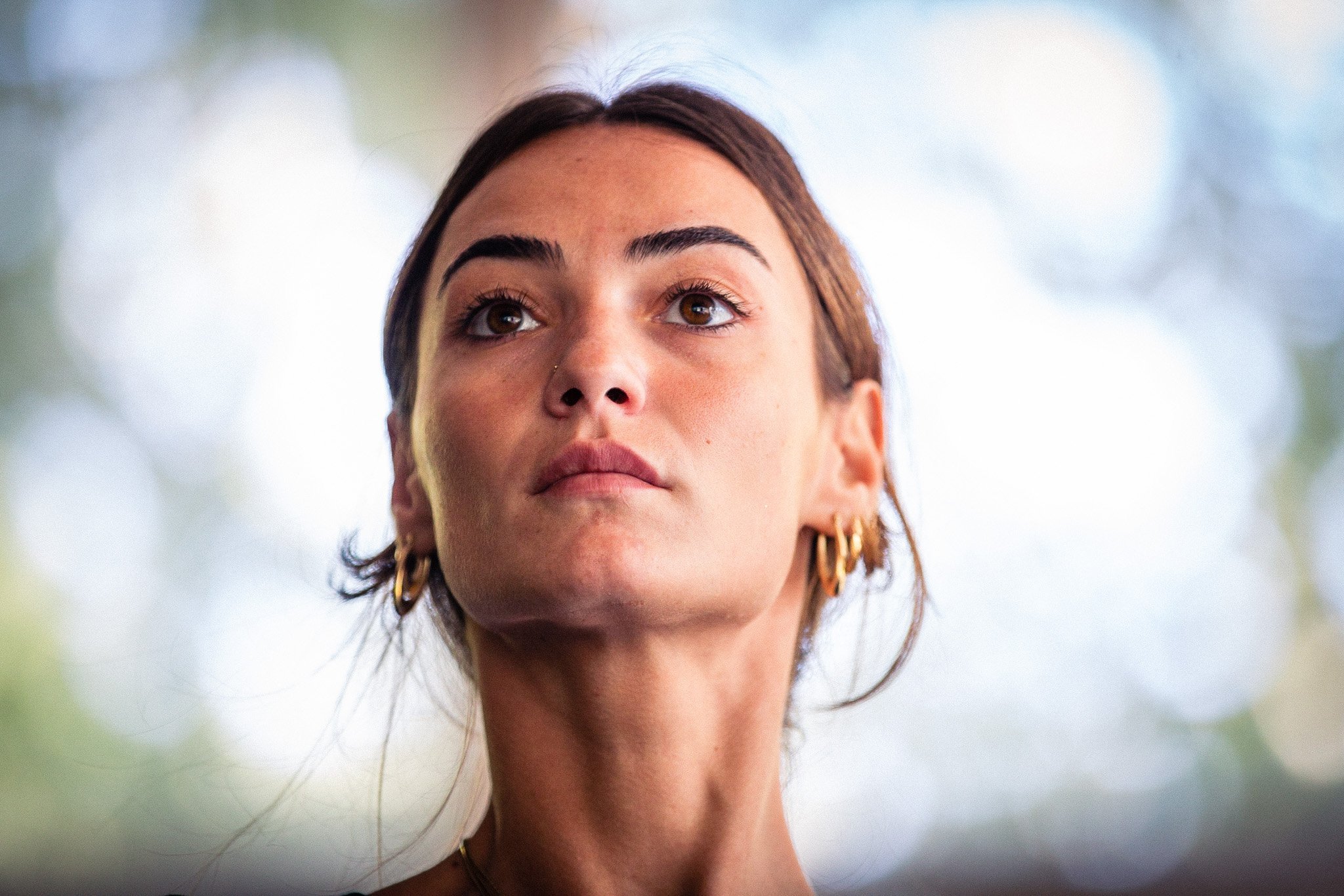
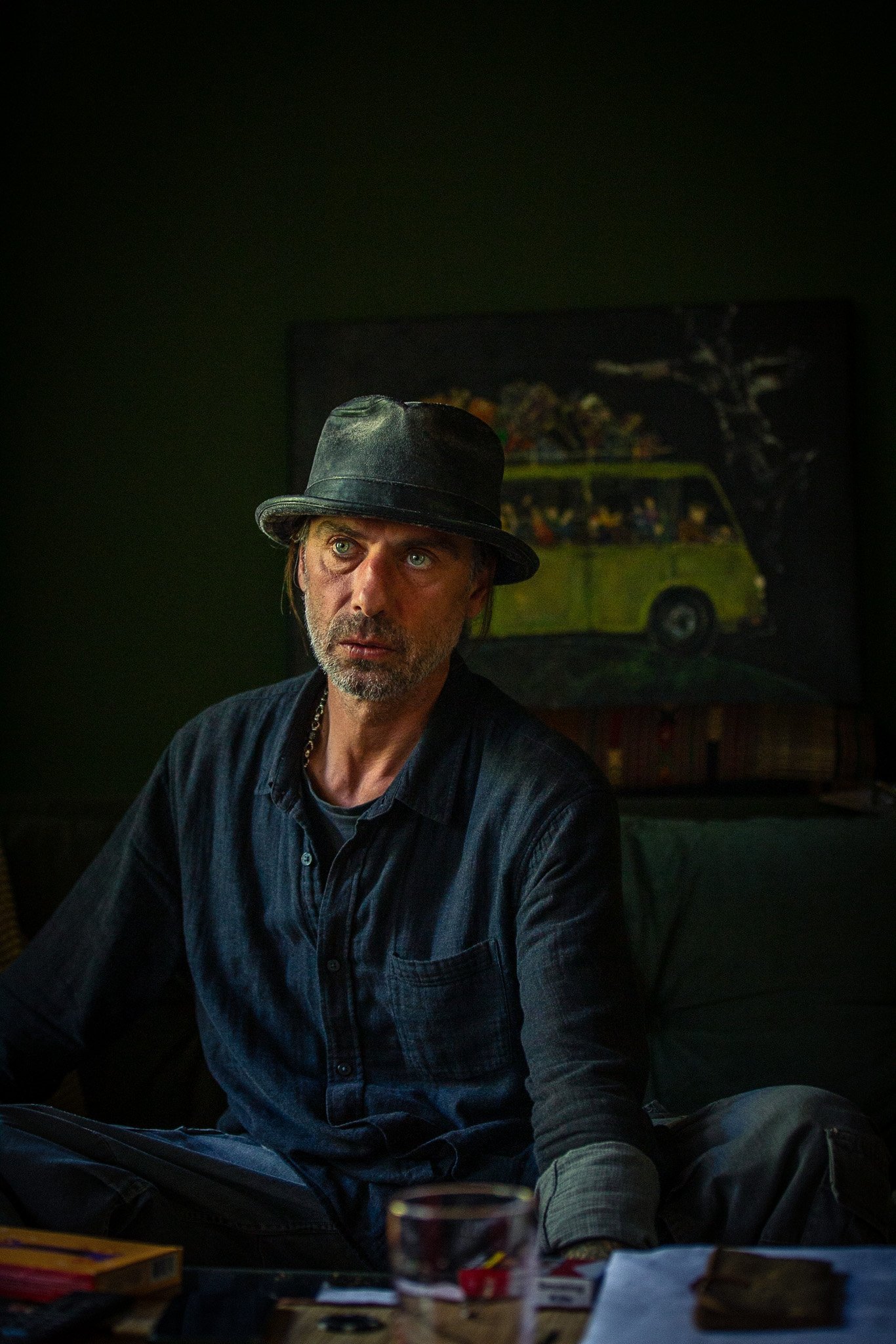

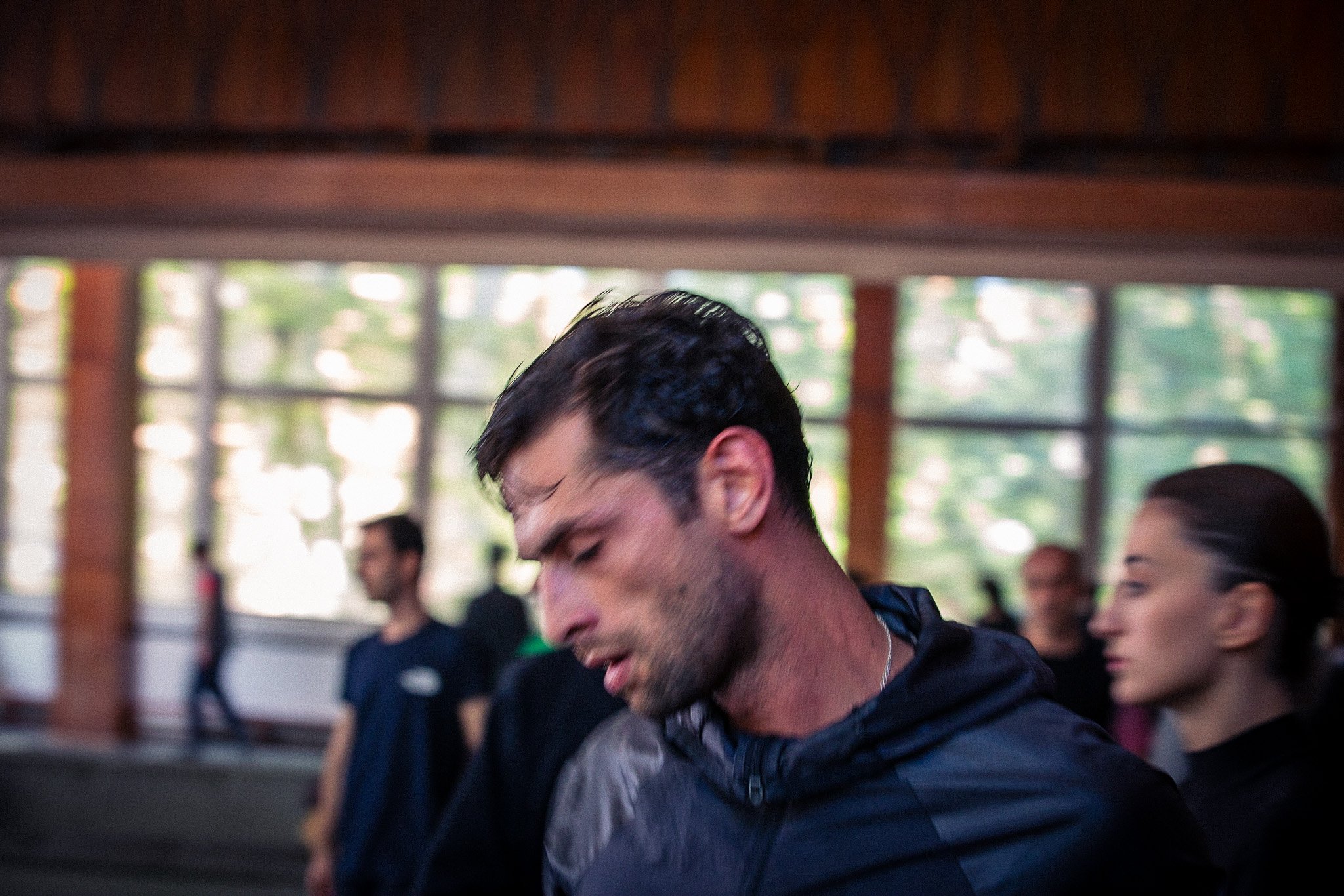


Follow the tail.
-

Temuri Kuliani - Painter
It all began with Temuri Kuliani. I found him drinking coffee and smoking cigarettes late one evening outside his art gallery, Kon Tiki.
Temuri was an artist born in Tbilisi in the 50s, while it was under Soviet control. He studied art in Moscow, came top of his class. These days he runs a gallery whose crumbling walls appear to burst with enticing secrets. The building had been owned by a Jewish family before they left. Through Temuri I learned of the sizeable Jewish community that has long lived in harmony in Georgia.
https://kulianiart.com/
https://www.instagram.com/temurikuliani/ -

Nestan Kvinikadze - Writer
Temuri led me to the writer, TV host, and activist Nestan Kvinikadze. She chose to meet me at the Ilia Chavchavadze Literary-Memorial Museum and spent the day as the most perfect guide. Through Nestan I learned of Georgia’s long and rich history of Georgian literature, and equally long history of struggle against oppression.
The house had a printing press in the basement and was used as a meeting place for writers, to the disdain of the Soviets. Through Nestan I learned about Georgia’s unique struggle with Russian oppression in history and today. Many ordinary Georgians are vocal in their pro-Ukrainian stance.
-

Kordz - Artist
Nestan led me to her friend, the musician Kordz. I met Kordz in his apartment and we went for a walk to the park that overlooks the city right opposite his house.
Kordz represents a generation of Georgians who left, but returned. He was born to a mother who had moved to Europe in order to pursue a career that would have been impossible to realize in Georgia. This was apparently very common. Kordz excelled at the music academy in Switzerland and works with artists from a variety of genres across Europe. -

George Gvarjaladze - Producer
Kordz led me to his collaborator and friend, George Gvarjaladze. We arranged to meet in his recording studio, a massive Soviet-era film studio.
George dedicates his work in memory of his daughter, who committed suicide. He works tirelessly in raising awareness of the issues and struggles his daughter faced.
https://www.imdb.com/name/nm8898792/ -

Iliko Sukhishvili - Choreographer
George introduced me to Iliko Sukhishvili, his creative partner and a renowned choreographer. Iliko's roots lie in the world of expressive movement, having inherited his parents' ballet academy and grown up immersed in traditional Georgian dance.
As he came of age, Iliko carved his unique path by infusing folk music with a modern twist. Embracing the spotlight, he continues to honor his family's heritage on the global stage, contributing a fresh chapter to the rich tapestry of Georgian dance.
https://en.wikipedia.org/wiki/Sukhishvili_Georgian_National_Ballet
Powerful Insights from Tbilisi
Integenerational Connections
The Tbilisi Trail created a living timeline of Georgian resilience. It connected an artist who studied in Soviet Moscow with a contemporary writer-activist, a returning musician who bridges classical and alternative sounds, and a choreographer reinventing traditional dance. These generational connections show how cultural identity evolves while maintaining its essence.
Hidden Narratives
In Tbilisi, the Trail uncovered layers of history that typical tourism misses. From Soviet-era art galleries to underground printing presses that once fueled resistance literature, each connection revealed how personal stories are interwoven with national identity.
Cultural Preservation Through Personal Stories
What makes the Trail method powerful in Tbilisi is how it illuminates cultural preservation through individual choices. Whether it's Temuri's gallery preserving Jewish-Georgian heritage, Nestan keeping Georgian literature alive through her writing, or Kordz returning to Georgia after international training, each person represents a conscious choice to maintain cultural continuity.
Cultural Diplomacy
The Tbilisi Trail demonstrates how the methodology transcends typical cultural exchange. By following these nomination chains, we discovered Georgia's unique perspective on Russian occupation, its literary tradition as resistance, and its complex relationship with Europe - insights that create genuine cross-cultural understanding impossible to achieve through conventional programming.
Ready to start your own trail?
Discover the hidden connections in your industry and create authentic content that resonates with your audience.
